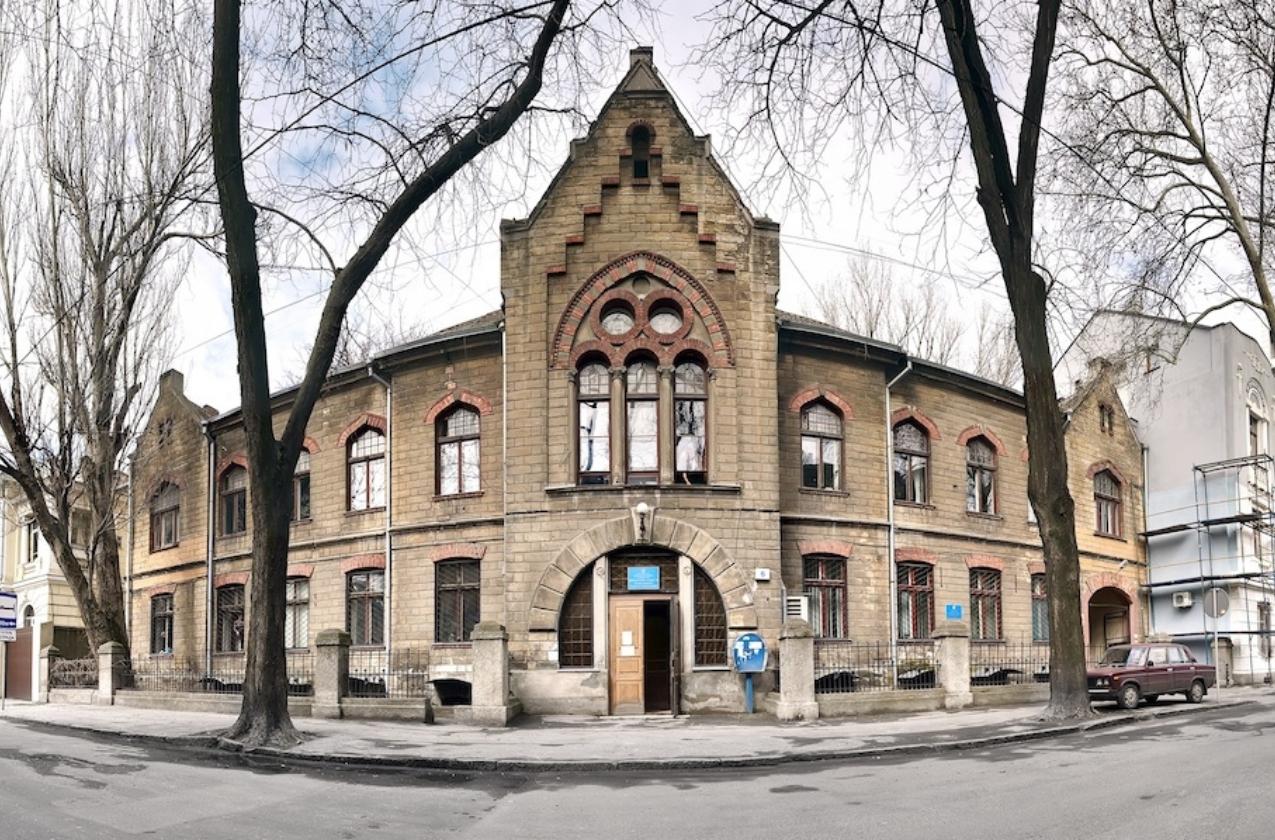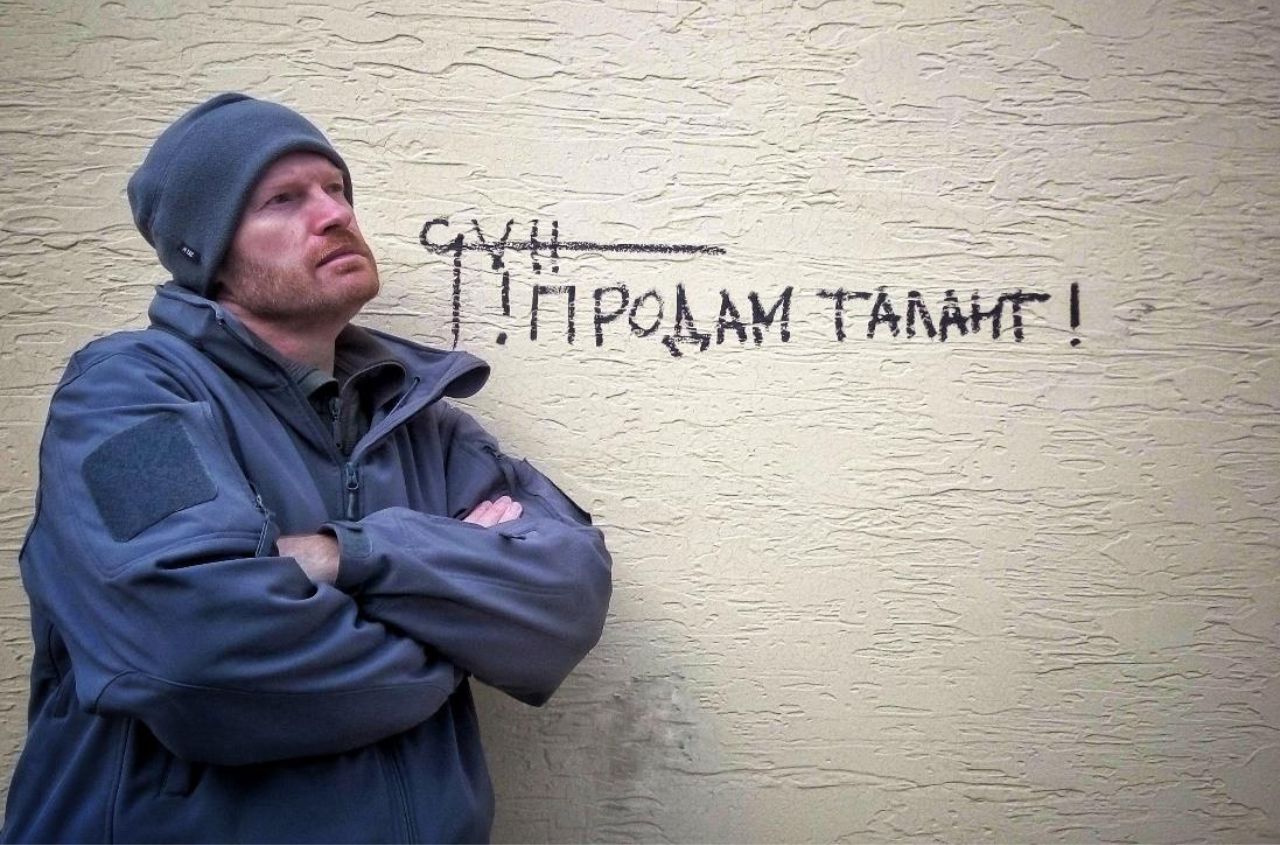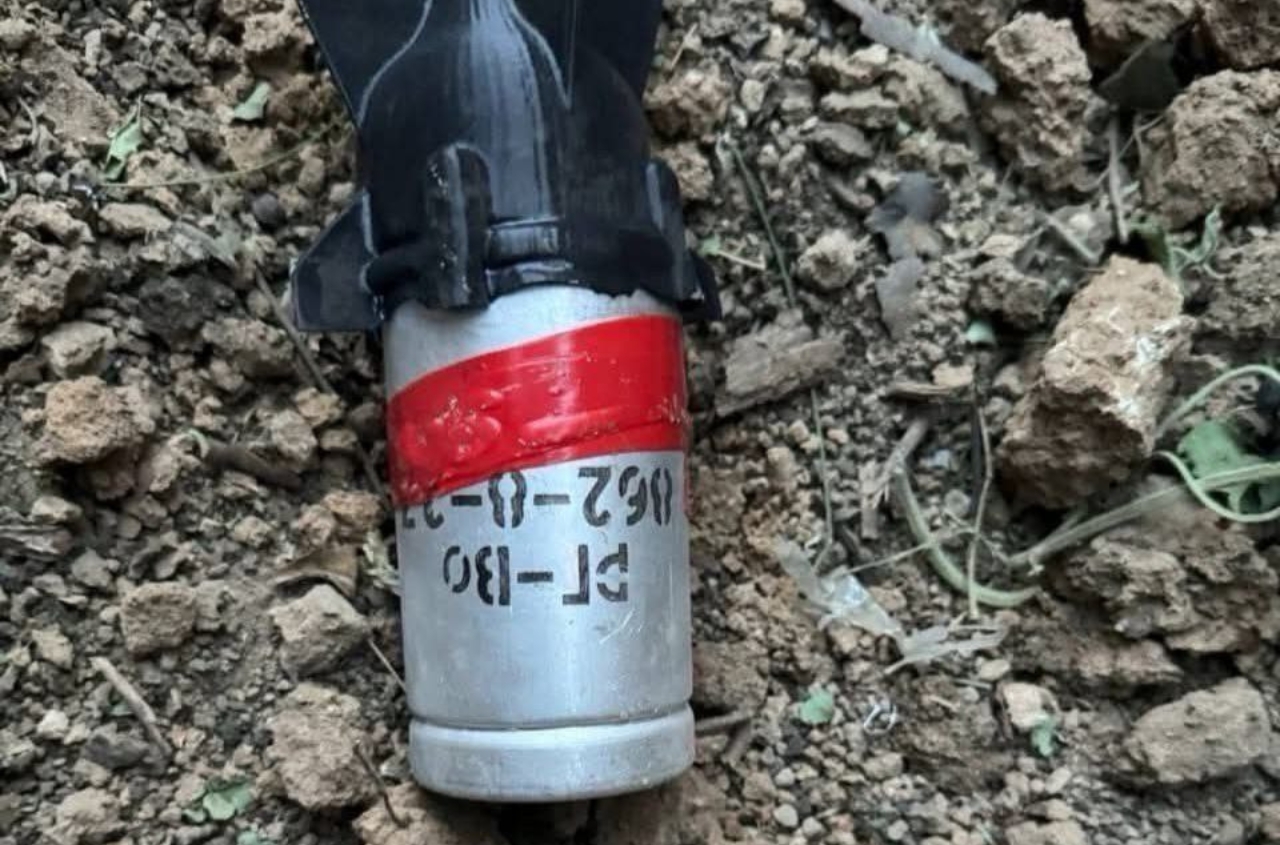The clinic of Dr. Du-Boucher, which has survived to this day in a relatively good condition, is an example of a mixture of features of German, English Gothic Revival and Art Nouveau, at the time of the construction of the building, which was still being formed. Such eclecticism is unique not only for Odessa, but also for the Russian Empire as a whole, and the creation of A. B. Minkus is one of the best decorations of the prestigious Otrada district.
In 1897, in the house of the chairman of the Odessa branch of the Russian Musical Society V.A. Orlov at 3 French Boulevard, an event took place. Daughter Lyudmila Vasilievna returned from Paris with her husband, Dr. Charles Du Bouche.

Charles Winchester Du Bouche was born in Paris in 1868. His father worked as a dentist-surgeon at the court of Napoleon III, his mother was an American citizen. After graduating from a private school in Paris, Charles Du Boucher entered the medical faculty of the University of Paris, where he successfully combined study with work in the clinics of famous professors - Terry and Poten. After graduating from the university, he spent several years improving in well-known European clinics and research laboratories of prominent scientists: Louis Pasteur, Louis Antoine Ranvier, Emile Theodore Kocher. The result of his internships in Europe's leading clinics was the writing and defense of his doctoral dissertation in 1897.
The promising doctor met his future wife while studying at the Sorbonne University in Paris. The couple settled on Elisavetinskaya Street (now Schepkina), 7, and then, in the building of the hospital, which Du Bouche opened on Yasnaya street, where a building of original architecture was specially built in the then fashionable forms of German neo-Gothic.
At first, Charles Du Bouche worked in a city hospital in a surgical department. Very quickly his talent as a surgeon is revealed and Du-Boucher's contemporaries, observing his surgical activity during this period, call him "one of the best surgeons in Europe".
According to the famous Soviet surgeon M.M. Diterichs, Du-Boucher was an excellent specialist and his hospital became popular in Odessa quite quickly. In addition to the outpatient clinic, the clinic had an inpatient department for ten patients, and Dr. Du Boucher provided free medical care to everyone in need.
In addition to surgical activities, Charles Du Bouche was fond of sailing, was a member of the Black Sea Yacht Club. Together with him, V.P. Filatov, later an outstanding ophthalmologist, academician, was a member of this club. As an American citizen, Charles Du Bouche served for some time as US Vice-Consul in Odessa.

But, as the historian V. G. Konovalov writes in the documentary novel "The Barometer Shows the Storm", “the Du Bouche couple had some other things... things that only their closest friends knew aboutâ€. "Lyudmila Vasilievna, with the consent of her husband, set up a warehouse for Iskra publications in the hospital and began to take an active part in distributing the newspaper," the historian reports.
The Du Boucher couple sympathized with the Bolsheviks and provided all possible assistance, for which they fell into disgrace. Du-Boucher Hospital located in a suburban area, favoured conspiratorial work. Old-timers claim that an underground passage began from the hospital towards the seashore, where boats were prepared. This may be a legend, but it is absolutely certain that from the hospital yard one could get into the courtyard of Orlov's house, and from there, to French Boulevard. The old-timers of Otrada remembered the gate in the fence dividing the two sections, and its trace is clearly visible today. It was also important that it was always convenient to visit the hospital under the guise of a patient.


The number of Du Boucher's patients increased especially during the events of 1905, when a detachment of orderlies organised by him picked up the wounded on the streets and took them to the hospital. At the same time, Du- Boucher saved Sergei Utochkin, who entered into a battle with the pogromists on Deribasovskaya street and was stabbed in the back with a knife.
“The surgeon Du Boucher in his exemplary hospital performed a complicated operation on Utochkin, after which he began to slowly but surely recover,†testified L. Aleinikov, the author of a biographical sketch about Utochkin, published in 1911. But Du Boucher hardly read these kind words addressed to him.
At the end of 1905, Charles Du Boucher secretly sent his wife and children to Geneva, while he himself continued his medical and social activities under secret police supervision.
At the beginning of 1908, he was arrested and, as a foreigner who had violated the laws of the Russian Empire, was exiled abroad. After Du Boucher's departure, a “Sanatorium for Nervous Patients†was opened in the building of the hospital, and after the revolution it became the “Otrada†sanatorium.
The Parisian period of Du Boucher's biography is interesting by the doctor's acquaintance with Vladimir Lenin. Memories of Nadezhda Konstantinovna testify not only to the fact that Du-Boucher's acquaintance with Lenin took place thanks to the doctor's secret connections in Odessa, but also to the rather high level of these connections.
At the beginning of World War I, Charles Du Boucher organised an American hospital in the suburbs of Paris, Neuilly. Since 1917 he has been working as a consulting surgeon for the US Army.
In 1929, Du Boucher led the construction of an exemplary hospital in Sorec (Western suburb of Paris), which was opened in 1936 and became one of the best medical institutions in France. Charles Du Boucher was awarded the Legion of Honour by the French government. And in 1956, his sculpture was installed in the lobby of this hospital. Charles Du Boucher spent almost his entire life in France, but was an American citizen.
During the Second World War, Du Boucher leaves for the United States, to Boston. He actively cooperates with the USA Red Cross Society and the USA-USSR Society, organising material and financial assistance to the USSR.
Charles Winchester Du Boucher died in Boston in 1946.
Valentin Kataev's story about Du Boucher's "conspiratorial" activities is based on rumours that once circulated in Otrada. But it is now clear that much of this corresponded to the amazing story of Dr. Du Boucher.
The building of the Du Boucher clinic at 6 Yasnaya Street, two-story, covered with Marseilles tiles, well crafted from unplastered limestone, sparingly, but elegantly decorated with red bricks, with forged front garden gratings, fits perfectly into the panorama of Otrada.
At the end of the 1950s, during the renovation of the house in the attic, documents of the Odessa Committee of the RSDLP related to 1906 were discovered, which made it possible to shed light on many little-known aspects of the Du Boucher family's activities.


The very construction of the clinic, the project of which was successfully completed by the architect A. B. Minkus (the authorship is evidenced by the inventories for 1911 and 1912 TCO), is a rare example of an eclectic mixture of English and German neo-Gothic and forms that soon became an integral feature of the Art Nouveau style. The almost complete absence of plaster and stucco elements on the facades of the building gives a touch of rationality and severity to its elegant proportions.
The clinic was built with a slight indent from the red line of Yasnaya Street, the main facade has a width of eleven window, the central of which falls on the massive risalit of the main staircase and is noticeably wider than the rest. The extreme lateral axes are marked by shallower projections. In the right-hand extreme projection, there is an archway leading to the courtyard of the building, which is the only element that breaks the strict symmetry of the main facade.
The main stairs of the building, made of concrete and marble, are the only part of the interior that has survived from the 1890s. The floor of the lobby is decorated with ornaments. Wrought-iron stair railings, designed specifically for this building, "resonate" with the wrought-iron bars of the light window of the semi-basement, which opens into the lobby, and a modern fence of front gardens on the street.
Authors: Alexander Levitskiy and Dmitriy Shamatazhi





















